The home is more than just 'a machine for living in': how architects, interior designers and builders respect the past, embrace the present and define the future
Restoration is more than just a plaything for historians — it's the foundations on which styles, taste and form evolve.
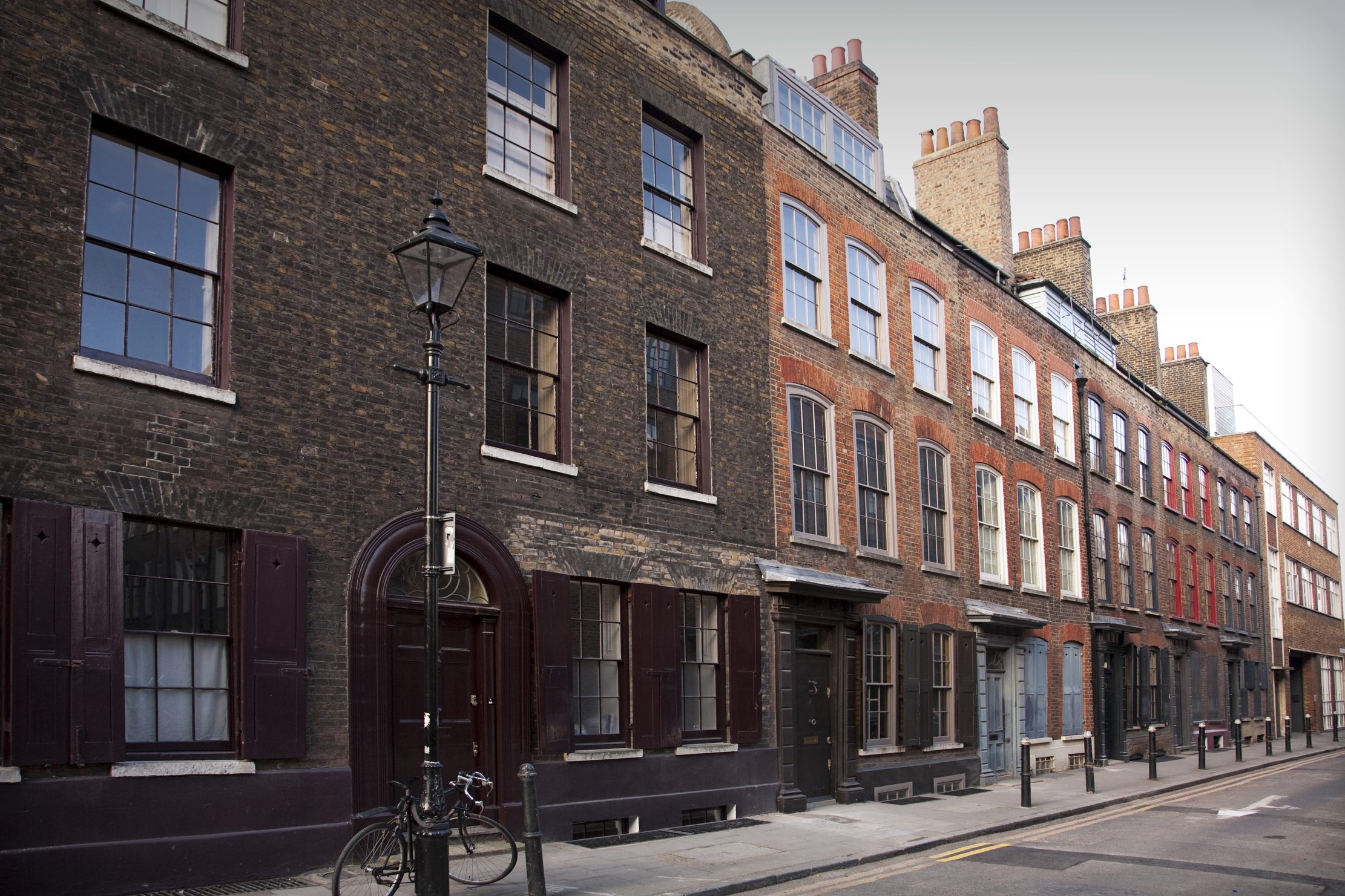

All ideologies rely on a zealous hard core, especially in their early stages. Protestantism had Luther and Calvin; communism had Marx and Engels. So, too, do aesthetic movements; both Arts and Crafts and Modernism had their fervent advocates, in the form of William Morris and Le Corbusier, respectively. More recently, the heritage movement was championed by persuasive figures such as Sir John Betjeman and Gavin Stamp, who precipitated a sea change in the way we treat historic buildings.
It’s almost 40 years since Stamp’s first wife, Alexandra Artley, co authored The New Georgian Handbook with John Martin Robinson, identifying an emerging breed of passionate conservationists who invested their money (and a huge amount of hard work) into preserving historic houses both in the countryside and in neglected urban areas.
In Spitalfields, the architectural historian Dan Cruickshank, the author Jeanette Winterson and the artists Gilbert and George, as well as Dennis Severs, restored houses that were faithful to their historic origins and furnished in a manner that would have been familiar to the silk weavers and merchants who lived there in the 18th century.
Since then, approaches to restoration have evolved and are increasingly guided less by historicism and more by a desire to construct comfortable houses that, albeit sympathetic to the past, offer a nod to Le Corbusier’s view that a house should be ‘a machine for living in’. Mixing styles, creating open-plan spaces and harnessing the opportunities provided by steel and glass have not only allowed a new generation of architects to create spaces where there is plenty of light and greater thermal efficiency, but also designed for modern lifestyles (and less domestic help). It’s an approach that ensures a house reflects the era in which it was brought to life rather than being frozen in time — just as Regency, Victorian and Edwardian additions enhanced the charm and functionality of older houses.
It’s a skill at which a burgeoning group of British architects, interior designers and builders excel. They have a depth and breadth of skill and experience — and an understanding of the nuances of old buildings — that has ushered in a golden age of restoration. Schooled in the need to respect the past, they have learnt to embrace the present. In addressing the requirement to respect the environment, too, they are creating houses that are sustainable, not only using natural, breathable materials that will stand the test of time, but also installing renewable technology, such as solar energy and biomass.
This innovative band — together with their clients — deserve credit for their commitment to the cause.
Giles Kime is Country Life's Executive and Interiors Editor, and an expert in interior design with decades of experience since starting his career at The World of Interiors magazine.
Exquisite houses, the beauty of Nature, and how to get the most from your life, straight to your inbox.
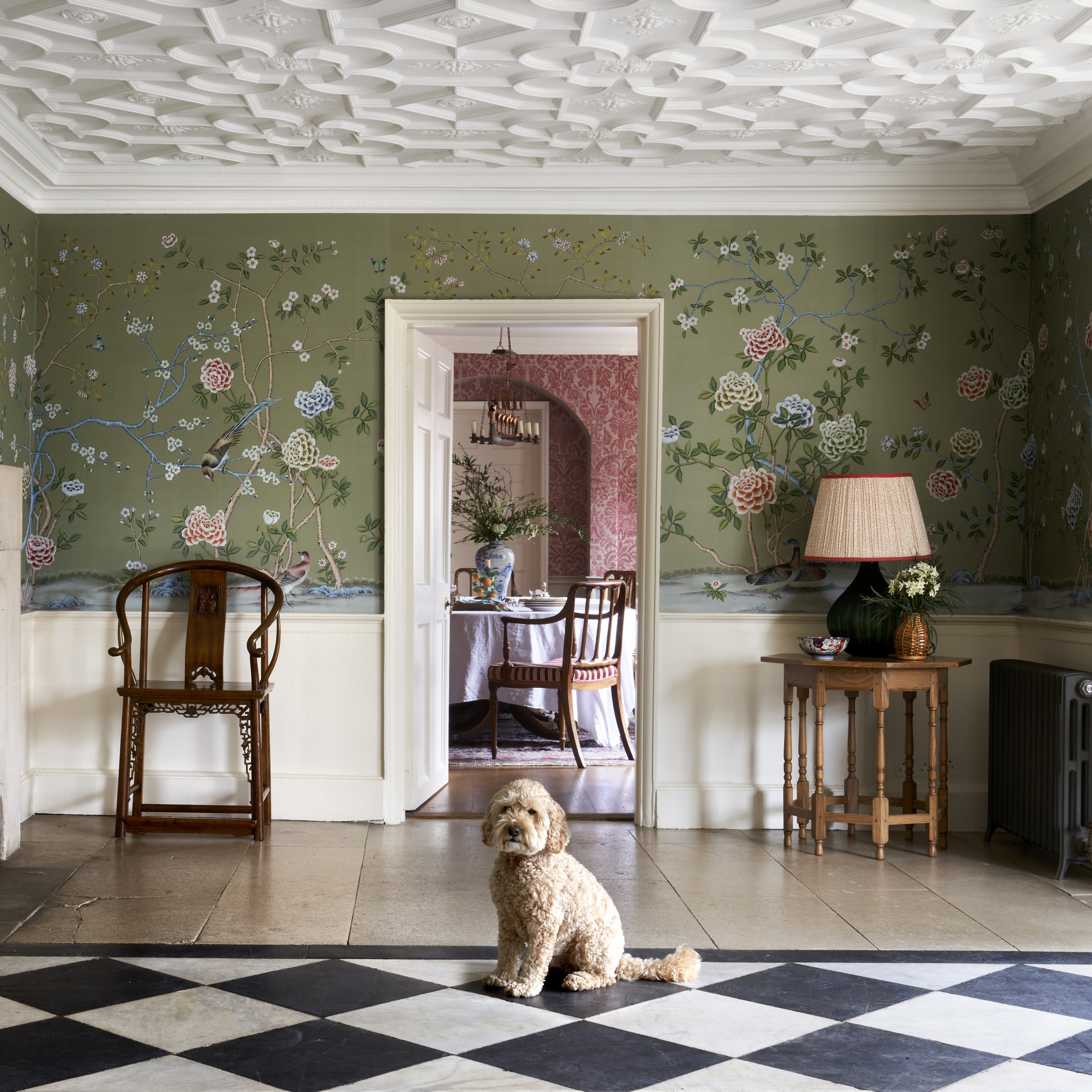
The Country Life Top 100 architects, interior designers, craftsmen, builders and garden designers in Britain
It's now six years since the original Country Life Top 100 was published, but the aim hasn't changed: we name
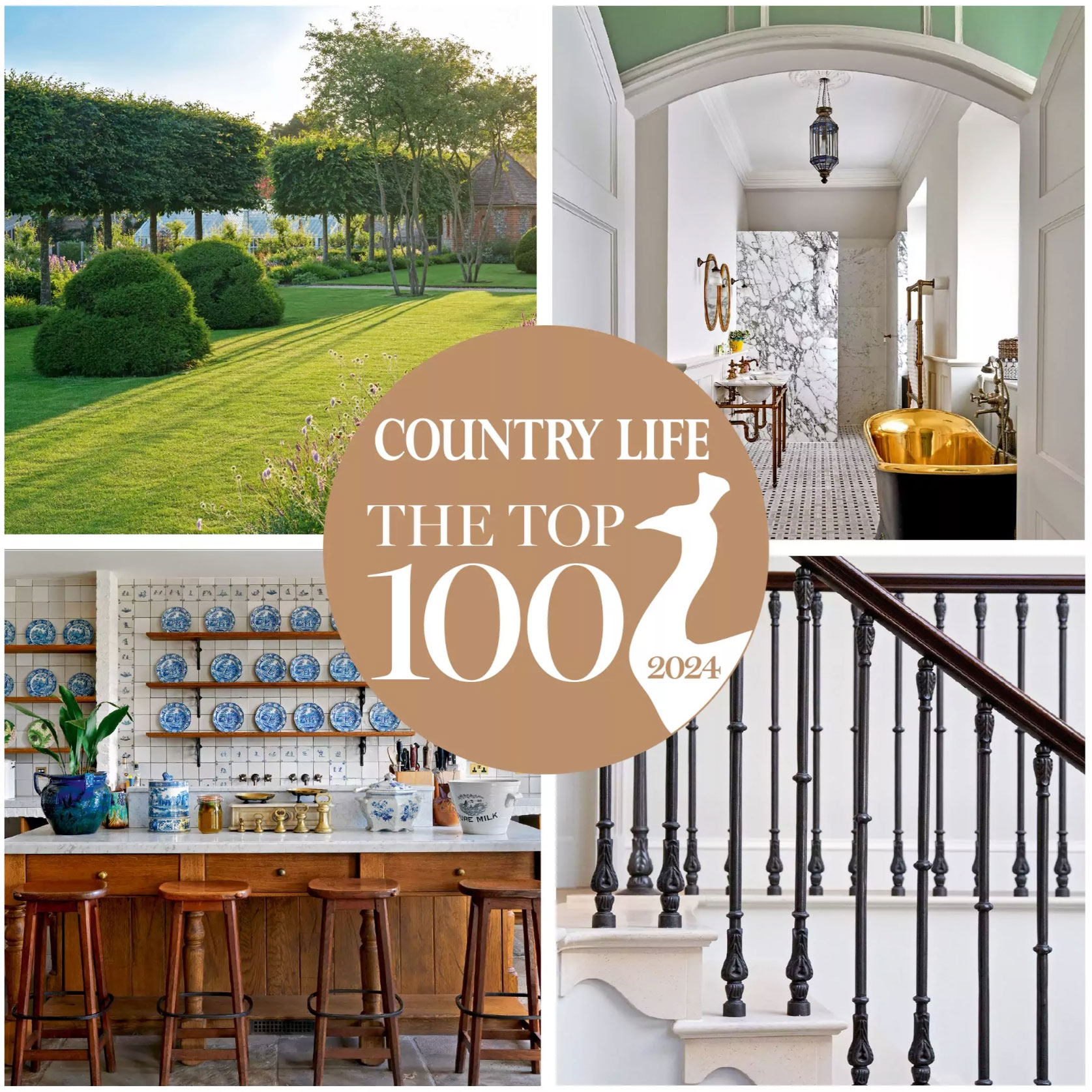
Country Life's Top 100: The magic of timelessness
Giles Kime's executive editor and interiors guru — and the man in charge of putting together our annual Country Life Top
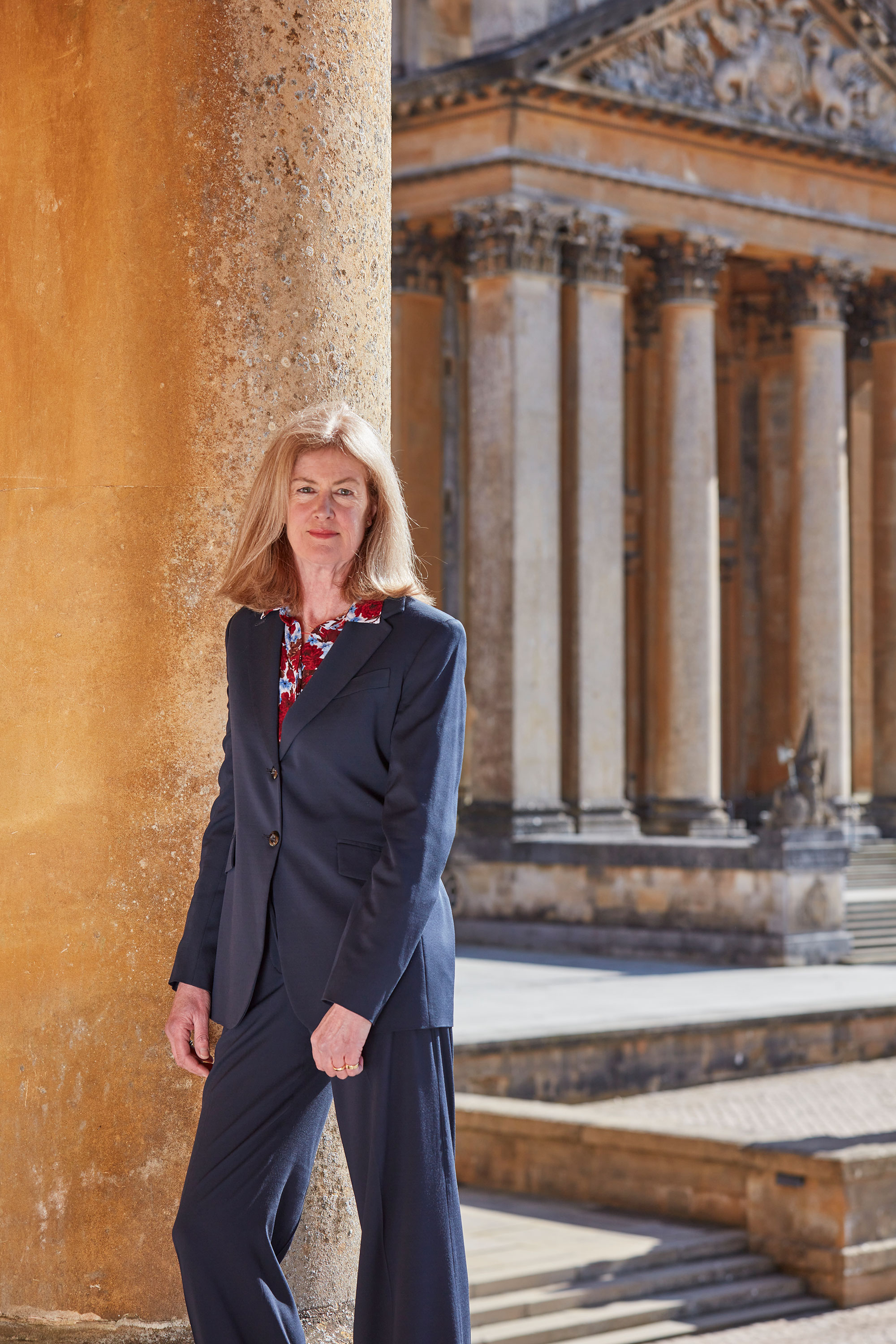
Henrietta Spencer-Churchill: My life at Blenheim Palace, From waterskiing on the lake to dealing with a £10 million bill for a new roof
Lady Henrietta Spencer-Churchill joins the Country Life Podcast.
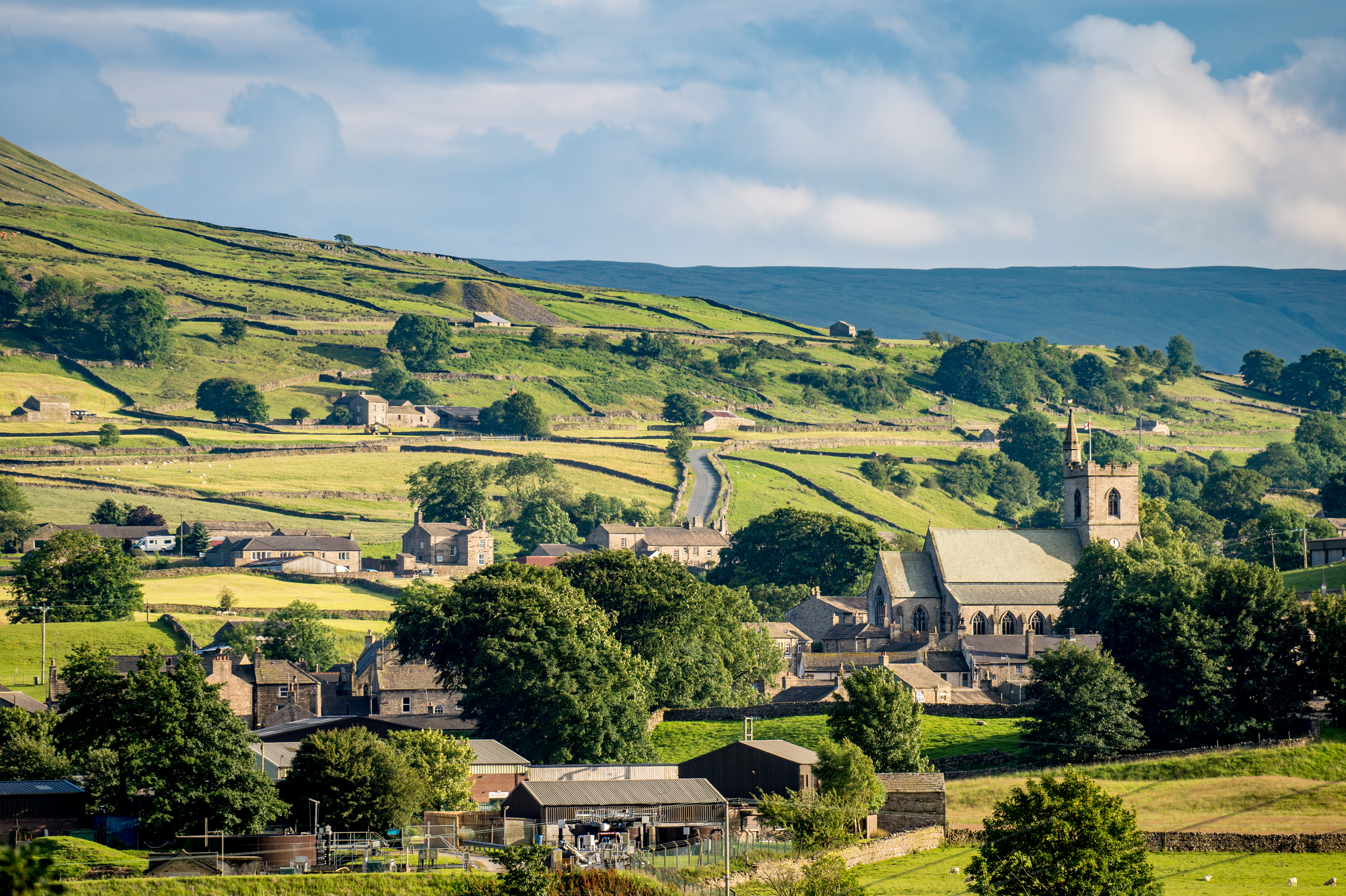
Credit: Getty
Everything that's wrong with housing in Britain — and how to put it right
Nicholas Boys Smith speaks to James Fisher on the Country Life Podcast about how we can plan and build houses
-
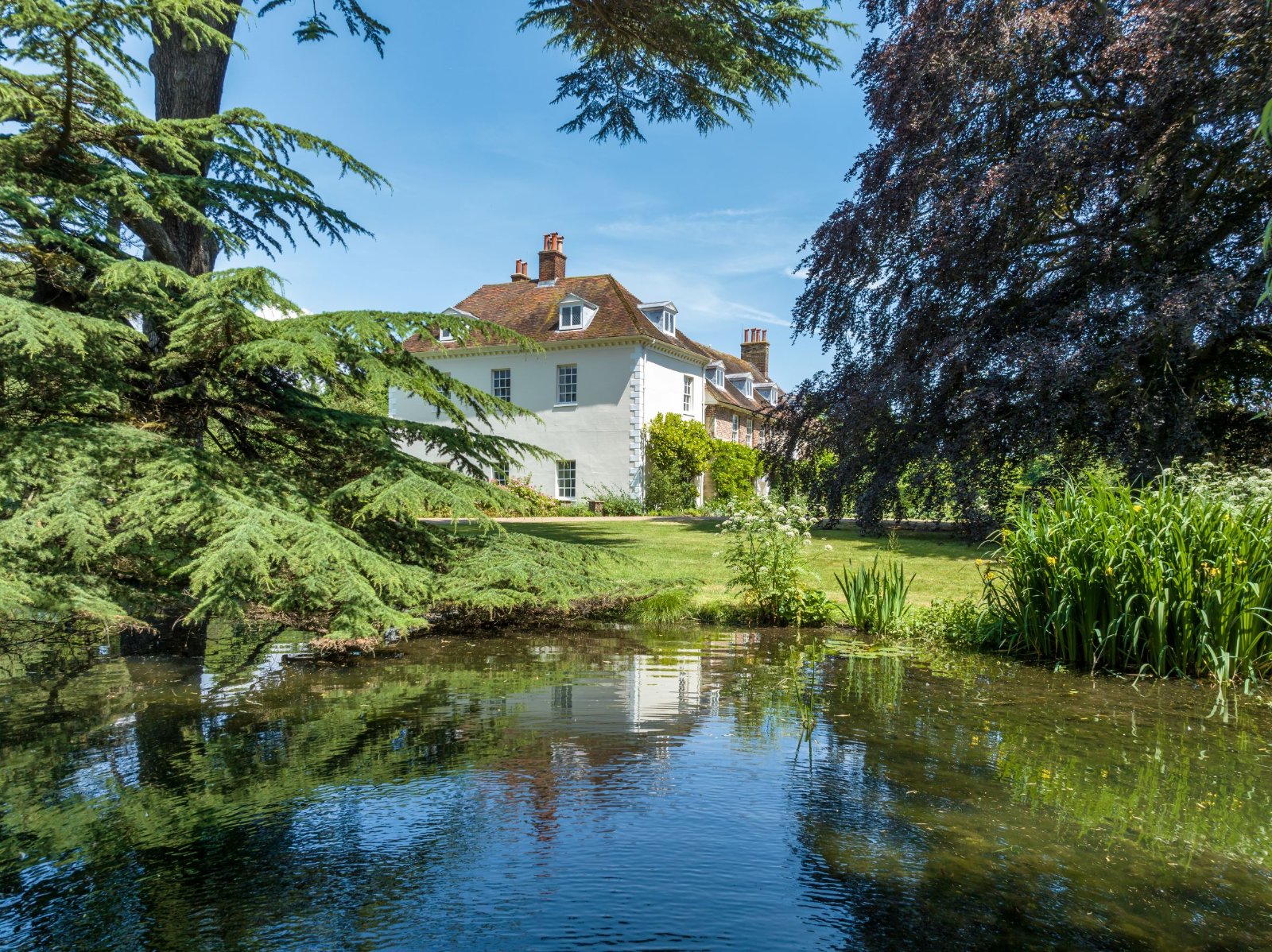 826 years of history, painstaking restoration and 'a garden like no other' at this former National Trust house which has come to the market in Kent
826 years of history, painstaking restoration and 'a garden like no other' at this former National Trust house which has come to the market in KentA blooming property in Kent showcases the original garden of England. Penny Churchill takes a look.
-
 From Summertime to sphagnum: Country Life Quiz of the Day, June 25, 2025
From Summertime to sphagnum: Country Life Quiz of the Day, June 25, 2025Wednesday's quiz ponders the last British woman to lift a trophy at Wimbledon.
